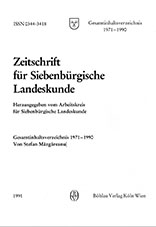

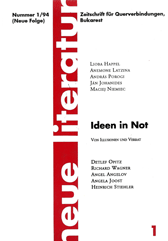
„Rumäniendeutsche“ Literatur – ein Begriff, der genauso umstritten ist wie die Frage, ob die aus Rumänien stammenden deutschen Autoren nach ihrer Ausreise in die Bundesrepublik Deutschland noch dieser Literatur zugerechnet werden können. Als Tatsache gilt es festzuhalten, daß die meisten „rumäniendeutschen“ Autoren in den letzten Jahrzehnten des 20. Jahrhunderts dort ihren Wohnsitz nahmen und von der bundesdeutschen Literaturszene rezipiert wurden und werden. Interessant ist in diesem Zusammenhang aber auch die Frage, ob und wie diese Schriftsteller von ihren ebenfalls ausgewanderten Landsleuten zur Kenntnis genommen wurden. Eine mögliche Antwort bietet die Untersuchung der Presse der Landsmannschaften der Siebenbürger Sachsen beziehungsweise der Banater Schwaben in Deutschland, also der „Siebenbürgischen Zeitung“ und der „Banater Post“.
More...Bibliography of articles and contributions on Transylvanian studies in academic journals
More...
I. Indzhov: Die Fernsehtransformation in Bulgarien – Die Rolle des Fernsehens im Prozess der europäischen Integration K. Scharr / R. Gräf: Rumänien – Geschichte und Geographie D. Ursprung: Herrschaftslegitimation zwischen Tradition und Innovation – Repräsentation und Inszenierung von Herrschaft in der rumänischen Geschichte K. Zach / C. R. Zach (Hrsg.): Deutsche und Rumänen in der Erinnerungsliteratur A. Heinen: Rumänien, der Holocaust und die Logik der Gewalt A. Galon: Zwischen Pflicht und Kür – Die Hermannstädter Zeitung und die Siebenbürger Sachsen im kommunistischen Rumänien und nach der Wende E. Amlacher: Wehrbauliche Funktion und Systematik siebenbürgisch-sächsischer Kirchen- und Bauernburgen C. Anderl-Motea: Ethnizität – Raum, Funktion und Bedeutungswandel K. Scharr: Die Bukowina N. Manea: Oktober, acht Uhr (Erzählungen) M. Cărtărescu: Die Wissenden (Roman) Erzbischof Teodosie von Tomis / H. Schoenauer / J. Henkel (Hrsg.): „Alle Diakonie geht vom Altar aus“ J. Henkel (Hrsg.): Aus dem Glauben leben – Gesammelte Texte von Metropolit Serafim von Deutschland, Zentral- und Nordeuropa K. Buchenau: Kämpfende Kirchen – Jugoslawiens religiöse Hypothek M. Wohlrab-Sahr / L. Tezcan (Hrsg.): Konfliktfeld Islam in Europa
More...Keywords: Stalinism; Romania; Totalitarianism; intellectuals; communism
With the notion of "Stalinism in the heads", the author wants to describe two things: on the one hand the fact that a totalitarian system as stalinism created a certain state of the mind, a specific collective state of consciousness. On the other hand, he wants to point to the role of intellectuals in a stalinist system, their ambivalent role not only as victims, but also as an important support for the regime. The article analyses the early phase of the communist dictatorship, the classical stalinist period, as well as later forms of neo-stalinism under the communist dictator Nicolae Ceausescu. He outlines similarities and differences between these different stages of the development of communist dictatorship in Romania and analyses the situation of national minorities, and the german population in special, in this context.
More...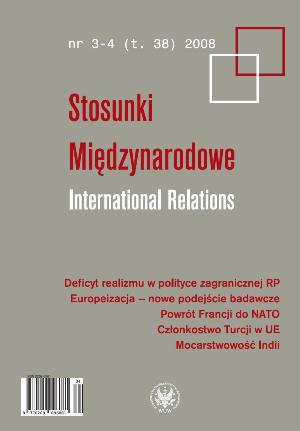


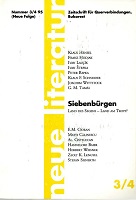
Keywords: Transsilvania;
More...Keywords: Oskar Pastior; contemporary poetry
More...
Keywords: scientifical modernization in Western Europe and Eastern Europe;
The polarity between the east and the west of Europe, a polarity introduced by the process of modernization.
More...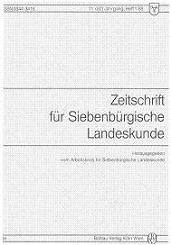

Charles Boner: Siebenbürgen, Land und Leute. Kurt Horedt: Zur Entstehung mittelalterlicher Städte im Karpathenbogen. Gheorghe Anghel: Fortificatii medievale de piaträ din secolele XIII-XVI (Mittelalterliche Steinfestungen des 13.-16. Jh.) Tudor Mateescu: Pästoritul mocanilor in teritoriul dintre Dunare ~i Marea Neagrä (=Die Weidewirtschaft der Mokanen im Territorium zwischen der Donau und dem Schwarzen Meer).
More...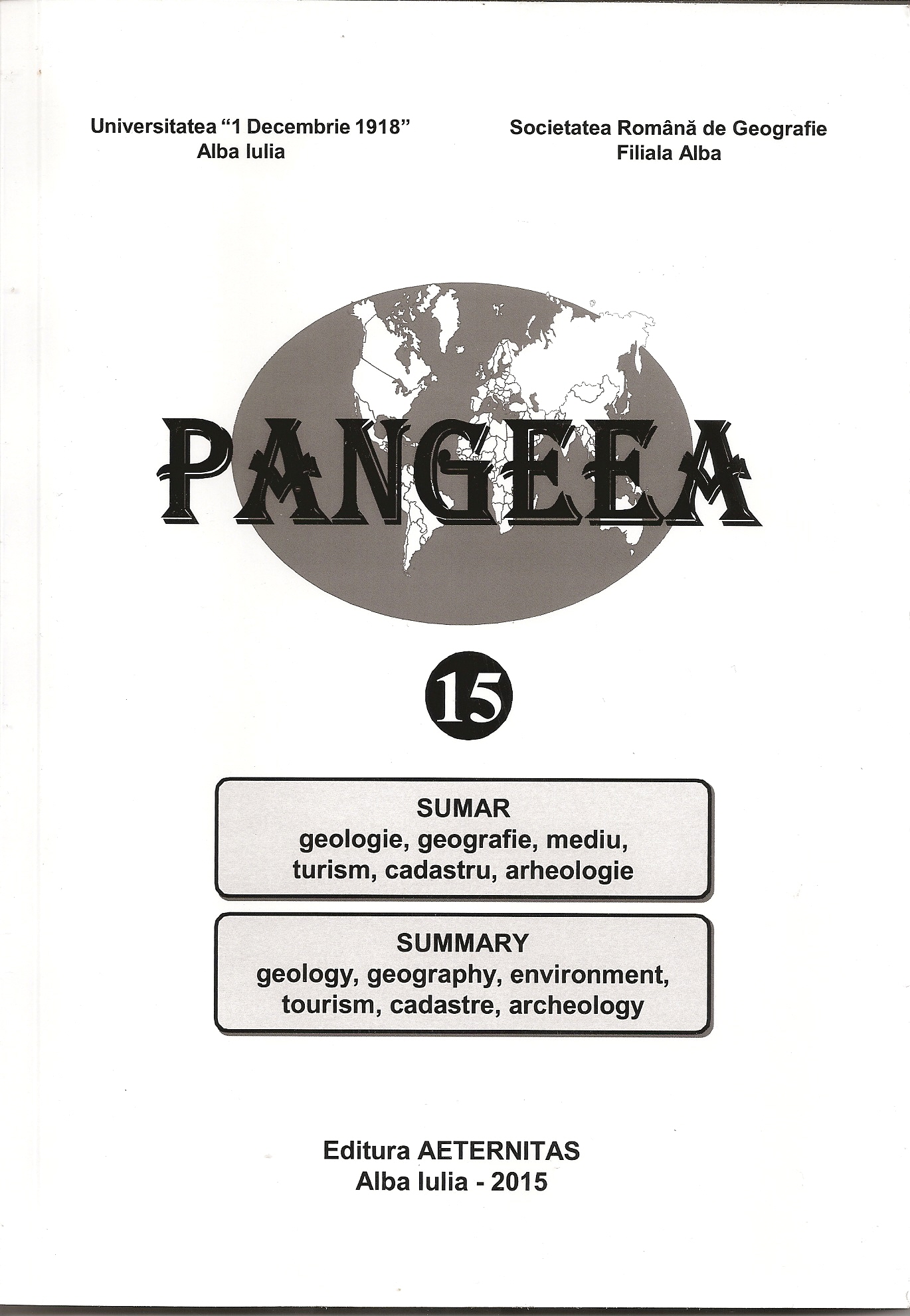
Keywords: neighborhood; home; documents; attestation; Oarda; Partoş;
Documentary mention and origin of Oarda de Jos and Partos settlements, certified in foreign documents
More...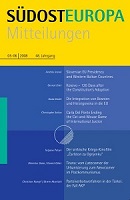
Keywords: Romanian communist regime;secret service Securitate
In Romania’s communist regime, the secret service Securitate was watching all aspects of book editing and trade. It was based on an ideologically motivated educational mission for complete control of the publishing process. The Securitate developed an invisible, conspiratorial network of persecution by infiltrating its informants and collaborators in the editorial offices of publishers, magazines and newspapers, in the Writers' Union, in literary circles and even in authors' houses. Most writers and editors of the German literary scene in Romania were targeted by the Securitate. Each one of them had to bear different consequences of repression. As the four volumes of his tracking file show, the poet William Totok experienced some of the worst constraints under Ceauşescu’s dictatorship.
More...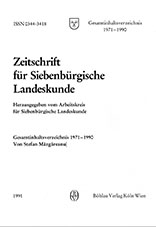
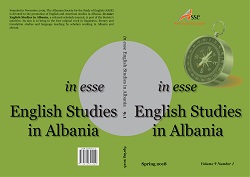
Keywords: food; language; gastrodiplomacy; cultural identity; culinary vocabulary;
The aim of this article is to emphasize the similarities between food and cooking, on the one hand, and language and communication, on the other, as markers of social and cultural identity. It is an overview of the relationship between food and language, first and foremost as symbols and manifestations of a specific culture. Food is “an essential source to survival with great symbolic force, food has been central to human history” (Fellner 2013, 243). It has long been regarded as an important identity marker and researchers have suggested that natural foods together with national languages construct national identities. Food is regarded as the oldest form of exchange and consequently, the oldest form of diplomacy. Culinary diplomacy is a recently emerging trend and one of the most exciting in public diplomacy. However, there are researchers who consider that culinary diplomacy, gastrodiplomacy or diplomatic gastronomy and food gastronomy are terms that designate different concepts. Thus, culinary diplomacy is aimed at visiting dignitaries, trying to strengthen relationships through the use of food and dining experiences while the role of gastrodiplomacy is to raise international awareness of a country’s edible nation brand by means of its culinary and cultural heritage.The last part of the article is focused on a brief analysis of three terminological categories indicating names of dishes that are immediately noticeable, especially in the restaurant menus: original denominations, eponymic dishes and compounds with toponyms.
More...
Keywords: Romanian Communism; Trauma; Persecution; Minority; Political Refugees;
In this paper I shall explore one of Herta Müller’s cardinal tropes, the collective imaginary project of fleeing communist Romania, of massive influence in her novels and biography. Novels such as The Land of Green Plums (1984), The Passport (1986)and Travelling on One Leg (1989) shape a complex perspective on one of the most intense collective desires of Romanians during communism – fleeing the country.
More...